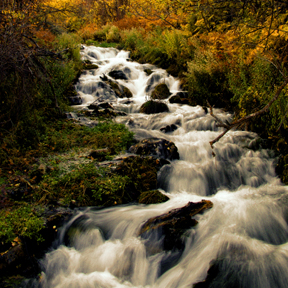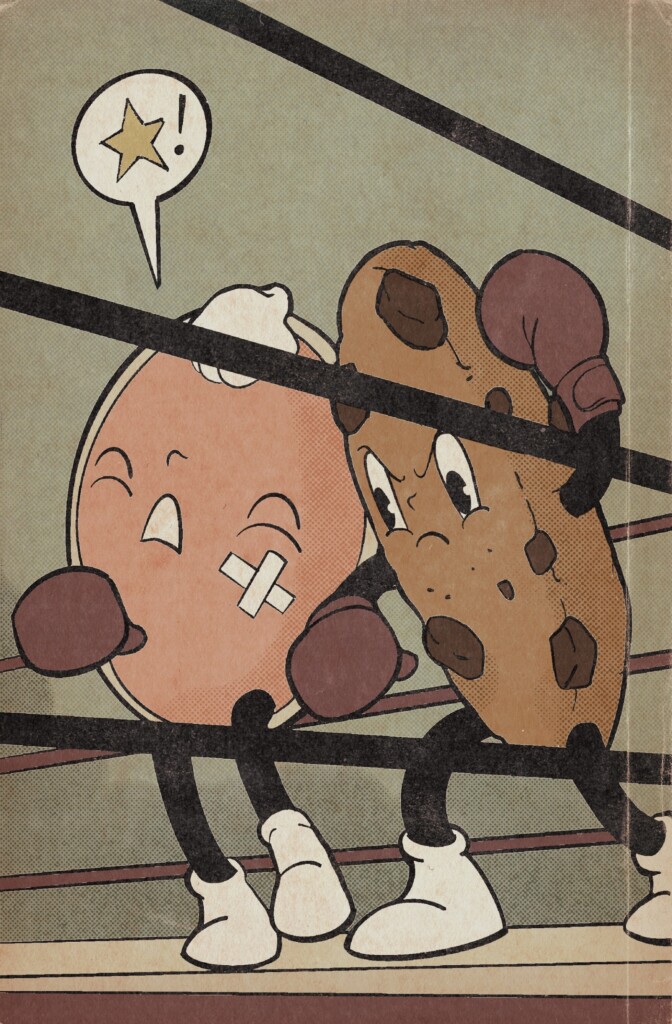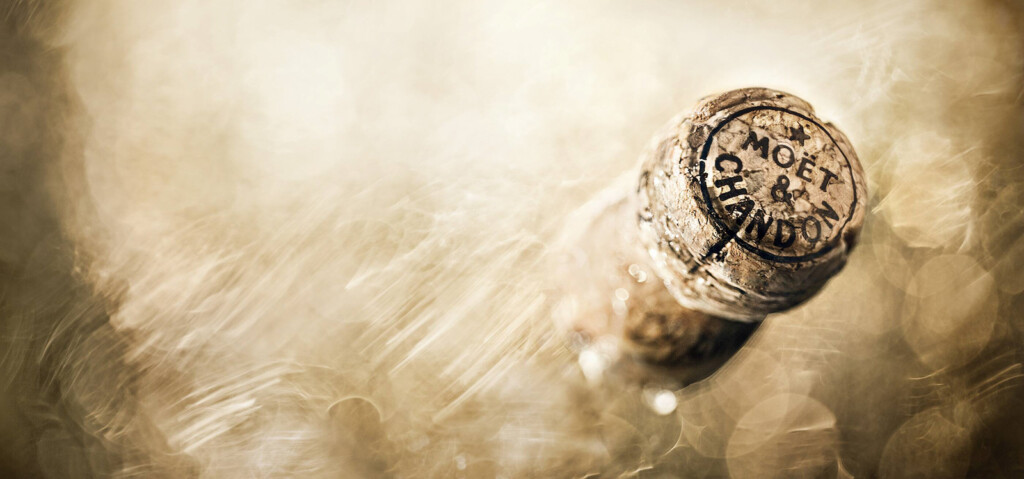“Utah is blessed with fine gold,” according to Alan J. Chenworth. He says that nuggets are rare, but gold flakes, some as fine as flour, are waiting in Utah’s streams and deserts to be discovered by patient prospectors.

Chris Bodliy Illustration
Chenworth is a geologist, author and prospector who has been fascinated with searching for gold ever since discovering some Rock and Gem and Lost Treasure magazines in his grandpa’s rock room. After some hard work, with no results he finally found his first gold flakes in Willard Canyon, outside of Logan. In his book, A Guide to Gold Panning in Utah, he says, “When I headed for home that afternoon, I had my first gold, a sore back and a fever – gold fever.”
It’s not hard to catch gold fever. All it takes, according to Chenworth, is a 14” pan, a sniffer bottle (a vacuum bottle used to suck the desired material out of your pan), and something to put your gold in. Other than a shovel, that is the basic equipment. There are prospector clubs in Utah that help newcomers learn the basics, find good spots to prospect, and even have their own mining claims for members to work. “Northern Utah Prospectors Association meets in Ogden, and Utah Gold Prospectors Association meets in the Salt Lake area.” Membership cost is minimal, around $35-a-year for a family, and the clubs hold meetings once a month.
Surprisingly most of the state is open to prospecting
Roger Muir owns Prospector Supply in Orem. He has been in business for 33 years. His advice to those just starting out is to know the regulations. Most state land is open to prospecting with very few restrictions. Although most streams are open for panning, some are closed to protect endangered species. The Colorado River is home to the endangered humpbacked chub and thus panning is not allowed there.
Federal land is also open with additional restrictions. There is no disturbance allowed on national monuments or military reservations. No engine noise is allowed in wilderness or primitive areas such as the upper Uintas, but panning without dredges is still allowed. Muir also suggests reading up on panning techniques and acquiring some maps before setting out. Muir advises respecting private property and being aware of boundaries.
Dredges and sluices are ways to go through material more quickly to get to the gold. A dredge resembles an underwater vacuum that pulls water and rocks up from a stream bed. Gold is a heavy element and so it helps to go deep. Dry washers use basically the same principle when gold prospecting in the desert. Instead of water, they use air and vibration to separate out the gold from sand and gravel.
Stake Your Claim up American Fork Canyon

Muir says, “Mining is the only hobby that can make you money by doing it. People pay $1000 for a set of golf clubs, but they are never going to make any money with them. All it takes to get started is a pan and some literature on where to go and how to do it.”
For beginners, American Fork Canyon is a great place to start. The canyon is easily accessible and panning is allowed anywhere in the canyon. Dredges are allowed higher up in Mary Ellen Gulch. According to Chenworth the gold there is very fine thin flakes. Though fine, it is abundant and there are usually a few specks in every pan.
Chenworth has been prospecting for over 27 years and owns around 200 to 300 acres of claims in Utah and Idaho. He has to work his claims each year or lose them. “Mining is lots of hard work. There’s not a lot of money to be made. But it’s lots of fun.” He says his philosophy mirrors that of the poet Robert W. Service who wrote in The Spell of the Yukon:
There’s gold, and it’s haunting and haunting; It’s luring
me on as of old; Yet it isn’t the gold
that I’m wanting So much as just finding the gold.
It’s the great, big, broad land ’way up
yonder, It’s the forests where silence has lease;
It’s the beauty that thrills me with wonder,
It’s the stillness that fills me with peace.





